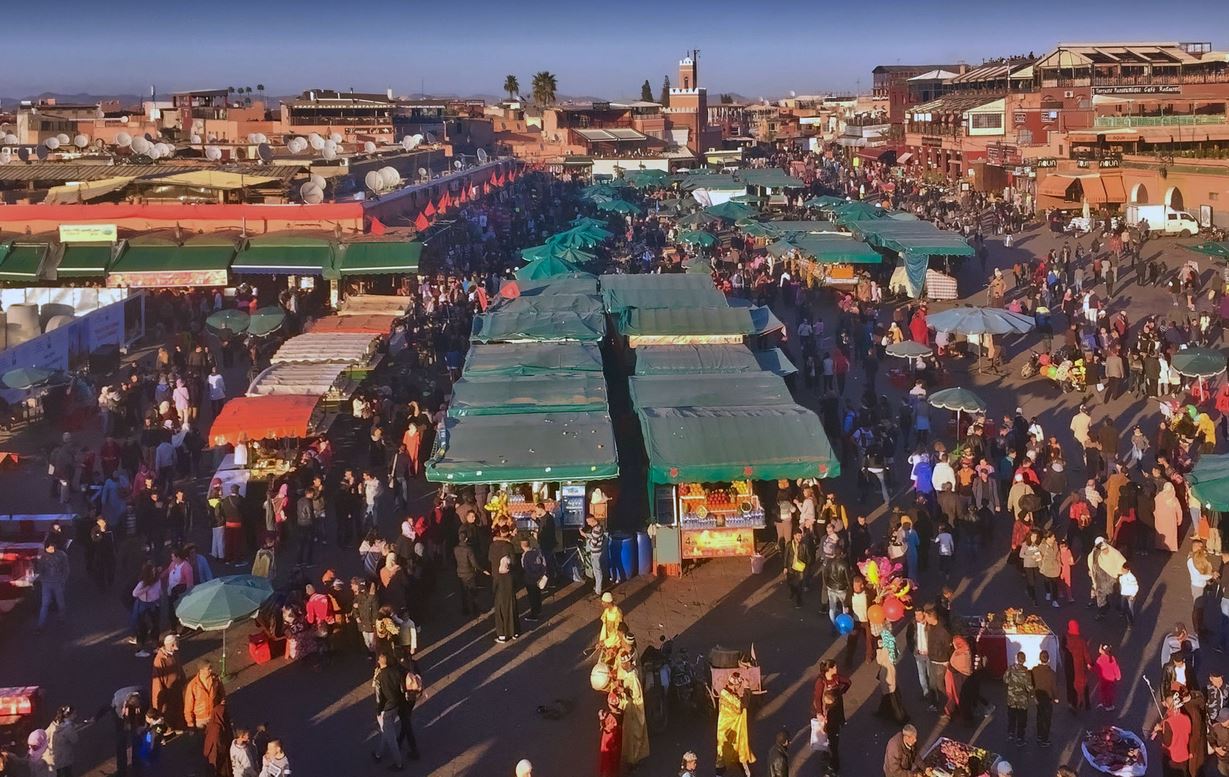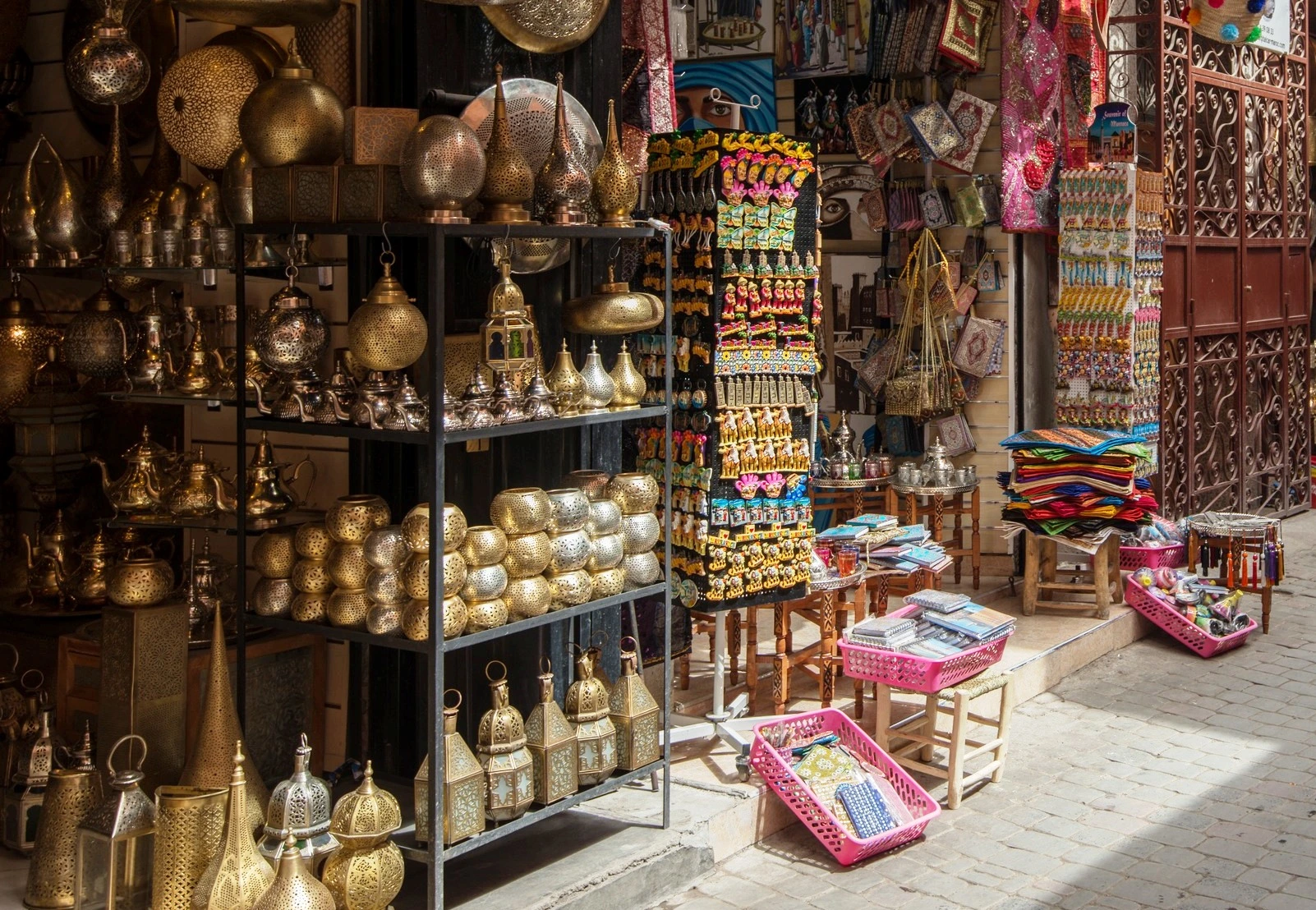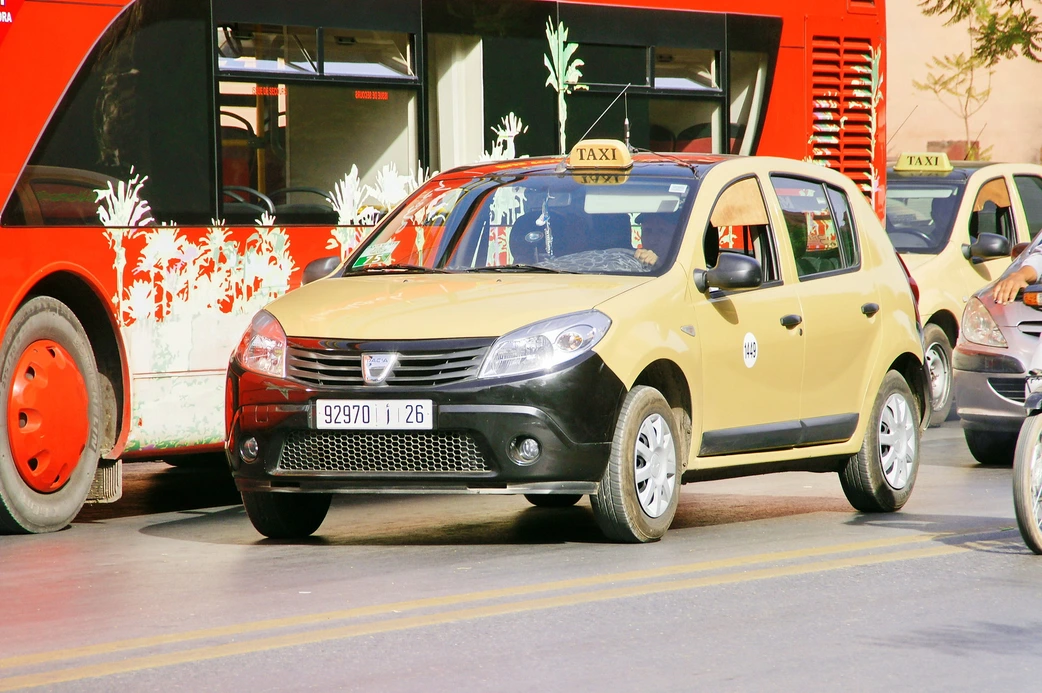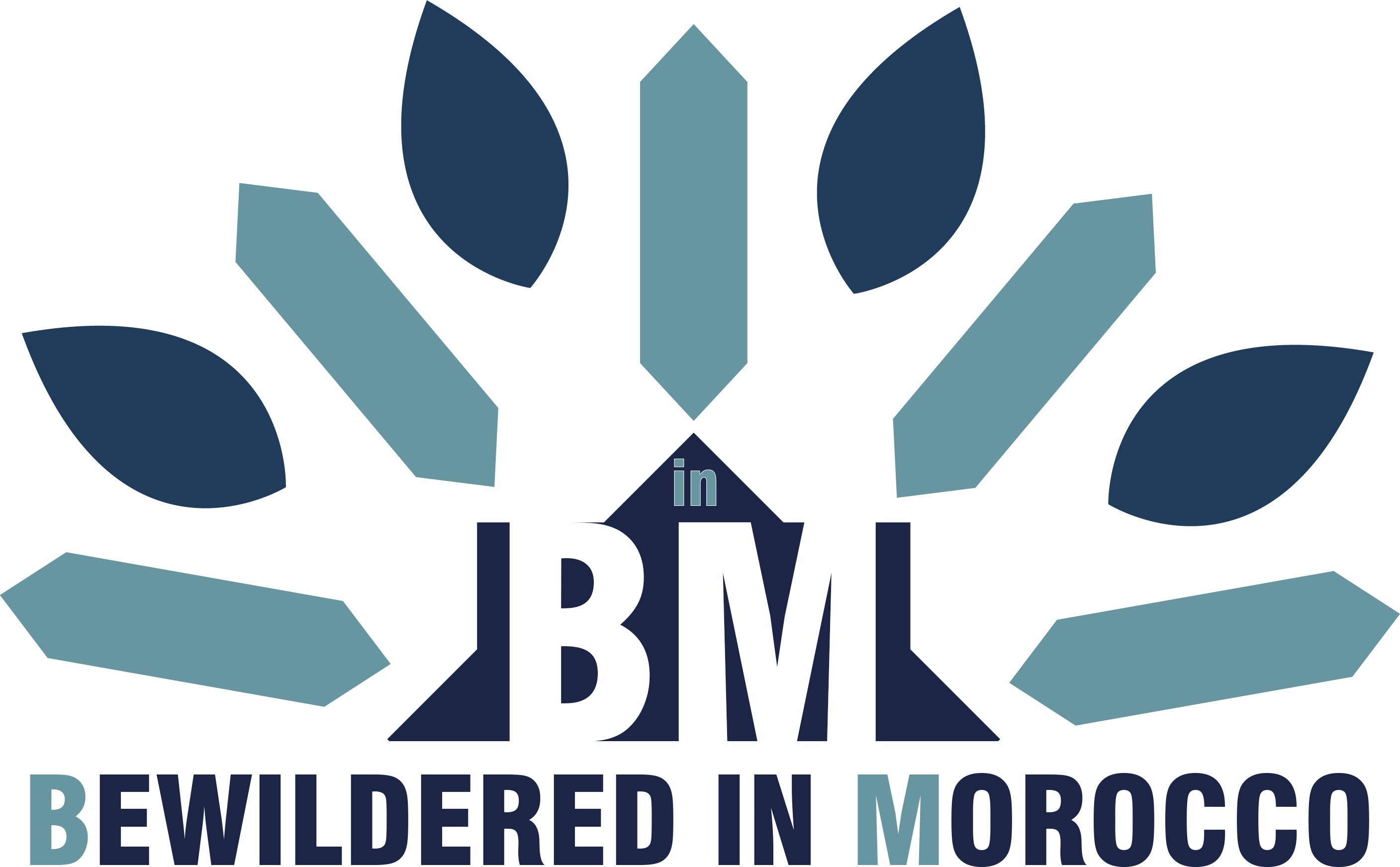I still remember my first week in Marrakech. The sensory overload of colors, sounds, and scents in the medina left me both enchanted and overwhelmed. Like many travelers, I made several mistakes during my early days exploring this magical city. Years later, as a local resident, I've learned how to navigate Marrakech like a true Marrakchi.
If you're planning a trip to this vibrant Moroccan city, I want to share some hard-earned wisdom to help you avoid the common mistakes to avoid in Marrakech that can turn your dream vacation into an expensive disappointment. These insights come from years of living here and helping countless friends and family experience the authentic Marrakech that I've come to love.
Let me take you through the five major mistakes to avoid in Marrakech that I see tourists make time and again - and show you how to experience this incredible city the right way.
1. Falling for Animal Photo Traps at Jemaa el-Fnaa Square

Jemaa el-Fnaa, the beating heart of Marrakech's medina, is an experience that should be on everyone's bucket list. The square transforms throughout the day - from a relatively quiet morning space to a buzzing evening carnival of food stalls, storytellers, and performers.
However, among the authentic cultural experiences are some troubling tourist traps that I always warn visitors about.
The Snake and Monkey Photo Scams
One of the biggest mistakes to avoid in Marrakech happens right in Jemaa el-Fnaa. As you wander through the square, you'll notice men with snakes draped around their necks or holding monkeys on chains. They'll often invite you to take photos with these animals.
I made this mistake during my first visit, thinking it would make for a unique holiday picture. What I didn't realize was that I was walking into two different problems:
- Ethical concerns: These animals are often kept in poor conditions and may be mistreated. The snakes sometimes have their fangs removed or mouths sewn shut, while the monkeys are frequently kept on tight chains and in unnatural environments.
- Financial scam: After taking the photo, what seems like a friendly invitation turns into a demand for money - and not just a few dirhams. These handlers can be extremely persistent and may ask for up to 50€ (about 500 dirhams) for a single photo!
I've seen tourists get cornered into uncomfortable situations when they refuse to pay these exorbitant fees. Even taking photos from a distance can attract unwanted attention, as handlers might claim you've photographed their animals and demand payment.
My local tip: Enjoy Jemaa el-Fnaa's legitimate cultural offerings instead. Watch the street performers, listen to traditional music, or simply sit at a café overlooking the square. These authentic experiences won't leave you with regrets or empty pockets.
The Henna Trap
Another common mistake in the same area involves henna artists. While getting traditional henna is a wonderful cultural experience in Morocco, the artists in Jemaa el-Fnaa often operate differently than those in local neighborhoods.
In my early days here, a woman grabbed my wife's hand and started applying henna before she could even respond. What followed was an uncomfortable confrontation when she demanded 50€ for a small design.
My local tip: If you want henna, arrange it through your riad, go to a reputable spa, or ask a local friend for recommendations. You'll get better quality work at a fair price, and often in a more comfortable setting.
2. Booking Riads Based Only on Pretty Pictures

Staying in a traditional riad (a Moroccan house with an interior garden or courtyard) can be a magical experience that connects you with centuries of architectural tradition. The photos online often showcase stunning tilework, peaceful fountains, and lush interior gardens.
However, one of the most common mistakes to avoid in Marrakech is booking a riad based solely on beautiful photos from Airbnb or Booking.com.
The Reality Behind the Photos
Having worked in construction and visited countless riads across Marrakech, I've seen the good, the bad, and the uncomfortable. Here's what those gorgeous photos often don't show:
- Age and condition: Many riads feature very old furniture and facilities. While this adds character, it can also mean uncomfortable beds, unreliable plumbing, or worn-out amenities.
- Noise levels: Traditional riads have open courtyards, meaning sound travels easily between rooms. What looks peaceful in photos might be quite noisy in reality.
- Location challenges: Some riads are located deep in the medina down narrow, unmarked alleyways that can be difficult to find, especially at night.
- Seasonal issues: A riad that's perfectly comfortable in spring might be unbearably hot in summer or cold and damp in winter, depending on its design and amenities.
I once booked a friend into what looked like a stunning riad, only to discover upon arrival that the "renovated" bathroom featured plumbing that barely worked, and the bed felt like it was stuffed with rocks rather than a proper mattress!
My local tip: Always read the reviews thoroughly, paying special attention to comments about comfort, cleanliness, and the helpfulness of staff. Look for reviews that mention specifics about the beds, bathrooms, and noise levels. Consider booking a more established riad with a professional management team for your first visit, then explore more adventurous options once you know the city better.
Some questions worth asking before booking:
- Is there air conditioning/heating for the season you're visiting?
- How many rooms share the courtyard with yours?
- Is the riad located in a quiet or busy part of the medina?
- Will someone meet you upon arrival to help with luggage and finding the place?
3. Accepting First Prices in the Souks

The labyrinthine souks of Marrakech are a shopper's paradise, filled with everything from handcrafted leather goods and metalwork to textiles, spices, and ceramics. However, one of the biggest mistakes to avoid in Marrakech is accepting the first price offered for any item.
The Art of Negotiation
In my early days here, I was too embarrassed to negotiate, thinking it might be rude or offensive. I quickly learned that haggling is not just accepted in Marrakech—it's expected and even enjoyed as part of the shopping experience.
Merchants in the souks typically start with prices that are three to five times higher than what they actually expect to receive, especially in the more tourist-heavy areas. At Jemaa el-Fnaa, prices can be marked up as much as five times the local rate!
This isn't necessarily meant to be deceptive—it's simply the traditional way of doing business here. The negotiation process is considered a social interaction and form of relationship building.
How to Shop Like a Local
Over the years, I've developed a strategy that helps me find the best products at fair prices:
- Do reconnaissance first: Walk through several shops selling similar items before making any purchases. This gives you a sense of the general price range and quality variations.
- Ask different merchants: Compare prices for the same item across multiple vendors. This will give you a realistic baseline for negotiation.
- Start lower, but be reasonable: Once you know the approximate value, offer about 40-50% of the asking price. This gives room for a friendly back-and-forth that will likely land at a fair price for both parties.
- Keep it positive: Remember that negotiation should be friendly and respectful. If a merchant won't come down to a price you're comfortable with, thank them and move on. Often, they'll call you back with a better offer.
- Know when it's not appropriate: Some shops, particularly those selling food or everyday items, have fixed prices. Look for price tags or ask if the price is "fixed" (prix fixe).
I once spent an entire afternoon helping a friend find a specific leather bag. By comparing options across different shops and negotiating politely, she ended up with a beautiful handmade piece for about 40% of the initial asking price—and the merchant was still happy with the sale.
My local tip: The deeper you go into the souks, away from Jemaa el-Fnaa, the more reasonable the initial prices tend to be. Also, shopping in the late afternoon when merchants are looking to make final sales of the day can sometimes yield better deals.
4. Entering a Taxi Without Agreeing on the Price

Transportation in Marrakech can be an adventure in itself, and taxis are often the most convenient way to get around, especially when traveling beyond the medina. However, one of the costliest mistakes to avoid in Marrakech is entering a taxi without first agreeing on the price or ensuring the meter is running.
The Taxi Situation in Marrakech
Marrakech has two types of taxis:
- Petit taxis: Small, beige cars that operate within the city limits
- Grand taxis: Larger vehicles, often older Mercedes sedans, that travel between cities or to outlying areas
By law, petit taxis should use meters (known as "compteurs" in French), but many drivers "forget" to turn them on, especially when picking up tourists.
My Taxi Nightmare
I learned this lesson the hard way when I first moved to Marrakech. After a long day of apartment hunting, I flagged down a taxi, collapsed in the back seat, and simply gave my destination. When we arrived, the driver demanded 150 dirhams for what should have been a 25-30 dirham ride. With no meter running and no agreement beforehand, I was stuck in an uncomfortable situation.
How to Take Taxis Like a Local
Now, I follow these simple rules for taxi travel in Marrakech:
- Always agree on the price before entering if the driver indicates the meter won't be used. For most trips within the city, 20-40 dirhams is reasonable, depending on distance.
- Insist on the meter by saying "compteur, s'il vous plaît" if you prefer that option. Most drivers will comply if asked directly.
- Know the approximate costs: A ride from the airport to the medina should cost 70-100 dirhams (official rate is about 70 dirhams), while a trip across town typically costs 20-30 dirhams.
- Consider using ride-hailing apps like Careem, which operate in Marrakech and provide upfront pricing.
- Have small bills ready to avoid issues with drivers claiming not to have change.
My local tip: If you're staying at a hotel or riad, ask your host about typical taxi fares to destinations you plan to visit. This knowledge gives you confidence when negotiating with drivers. And remember—being polite but firm works much better than getting angry.
5. Additional Mistakes That Could Ruin Your Marrakech Experience
Beyond the four major mistakes I've detailed above, there are a few other common pitfalls that travelers should be aware of when visiting Marrakech:
Believing Anyone Who Offers to "Guide" You
While wandering through the medina, you may encounter friendly locals (usually young men) who offer to show you the way or take you to "special" places not in the guidebooks. While some might be genuinely helpful, many are unofficial guides who will expect payment later or lead you to shops where they receive commissions on your purchases.
My local tip: If you want a guide, arrange one through your accommodation or a reputable tour company. They'll be licensed and knowledgeable about the history and culture of Marrakech, providing a much richer experience.
Dressing Inappropriately
Morocco is a Muslim country with conservative dress standards, especially outside tourist areas. One mistake many visitors make is wearing revealing clothing, which can attract unwanted attention and may be considered disrespectful.
My local tip: Dress modestly, with shoulders and knees covered (for both men and women). This is especially important when visiting religious sites. Light, loose clothing is both culturally appropriate and practical for Marrakech's hot climate.
Eating Only in Tourist Restaurants
The food in Marrakech is one of its greatest treasures, but many tourists never venture beyond the restaurants on Jemaa el-Fnaa or those recommended in guidebooks.
My local tip: Follow the locals! Some of the best food in Marrakech is found in small, unassuming places filled with Moroccan families. Seek out local specialties like tangia (a Marrakech meat dish slow-cooked in clay pots), or explore the street food in Gueliz (the new city) for an authentic taste of everyday Marrakech.
The Hidden Gems of Marrakech: Beyond the Tourist Traps
After helping you avoid the common mistakes in Marrakech, I want to share some authentic experiences that make this city truly special—places where you won't feel like a walking wallet but a welcome guest.
Explore the Kasbah District
Just south of the main medina, the Kasbah district offers a more relaxed atmosphere with wider streets and fewer touts. Visit the Saadian Tombs, wander through the old Jewish Quarter (Mellah), and enjoy lunch at one of the rooftop restaurants overlooking the royal palace walls.
Visit Local Hammams
Instead of expensive spa hammams, try a neighborhood bathhouse where Moroccans go for their weekly scrub. For around 50 dirhams (plus tip), you'll get an authentic experience. Just bring your own toiletries and watch what the locals do if you're unsure of the protocol.
Discover Marrakech's Green Spaces
Escape the hustle of the medina at Jardin Majorelle or the peaceful Cyber Park (Arsat Moulay Abdeslam Cyber Park), where you can relax among beautiful gardens. The recently opened Le Jardin Secret in the medina is another hidden oasis worth visiting.
Practical Information for Your Marrakech Visit
Best Time to Visit
The most comfortable months to visit Marrakech are March to May and September to November, when temperatures are moderate. Summer (June to August) can be extremely hot, with temperatures regularly exceeding 100°F (38°C). Winter nights (December to February) can be quite cold, though daytime temperatures are usually pleasant.
Getting Around
- Walking: The best way to explore the medina
- Petit taxis: For trips around the city (remember to agree on the price!)
- City buses: Cheap but often crowded
- Horse-drawn carriages (calèches): A romantic but pricier option for seeing the city
Essential Arabic/French Phrases
- "Salam" (Hello)
- "Shukran" (Thank you)
- "La, shukran" (No, thank you - useful when declining offers)
- "Beshhal?" (How much?)
- "Compteur, s'il vous plaît" (Meter, please - for taxis)
Embracing the Real Marrakech
Marrakech is a city of contrasts and contradictions—sometimes frustrating, always fascinating. By avoiding these common mistakes in Marrakech, you'll save money and hassle, but more importantly, you'll open yourself to authentic experiences that go beyond the typical tourist narrative.
I've made all these mistakes myself, and each taught me something valuable about how this complex city works. Now, years later, I navigate Marrakech with confidence and continue to discover new facets of its beauty every day.
The real magic of Marrakech lies not in checking off a list of attractions but in the unexpected moments: a conversation with a shopkeeper over mint tea, the call to prayer echoing across the medina at sunset, or the discovery of a quiet courtyard away from the crowds.
Have you visited Marrakech? What mistakes did you make or avoid? Share your experiences in the comments below, or ask me any questions you have about planning your own adventure in the Red City!
Want to explore more of Morocco? Check out my guides to Essaouira: Morocco's Windy City or Hiking in the Atlas Mountains.
